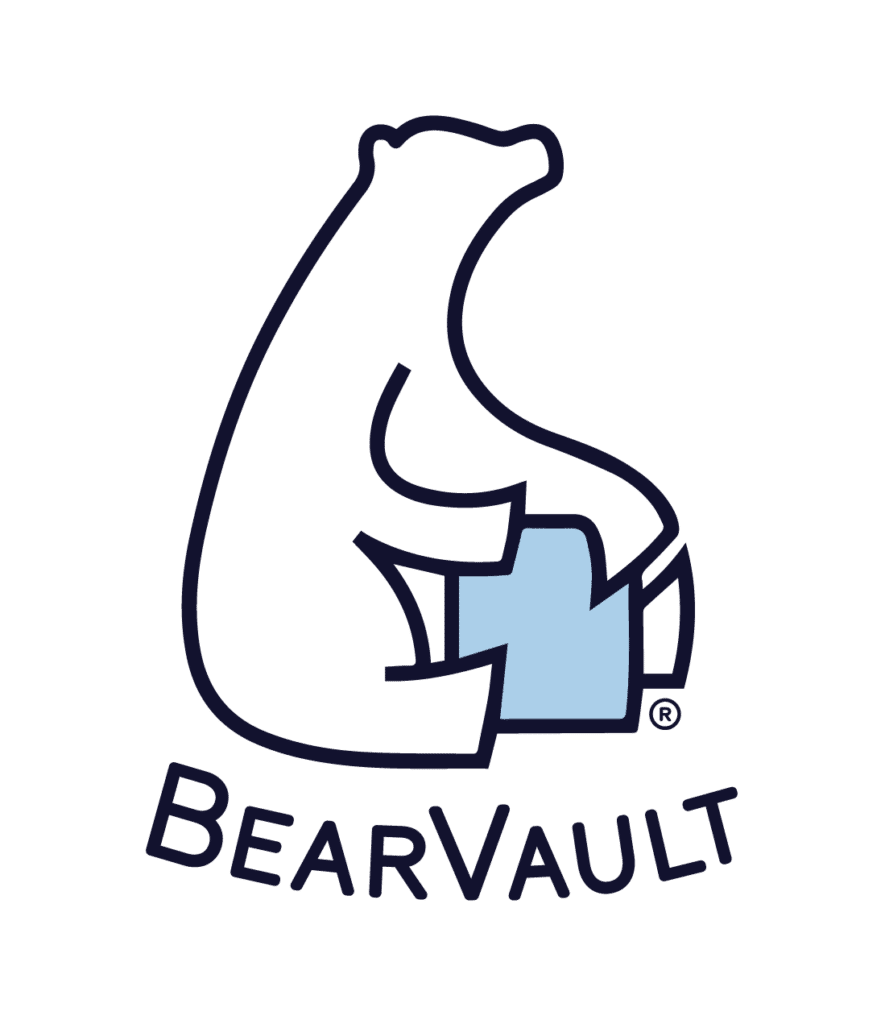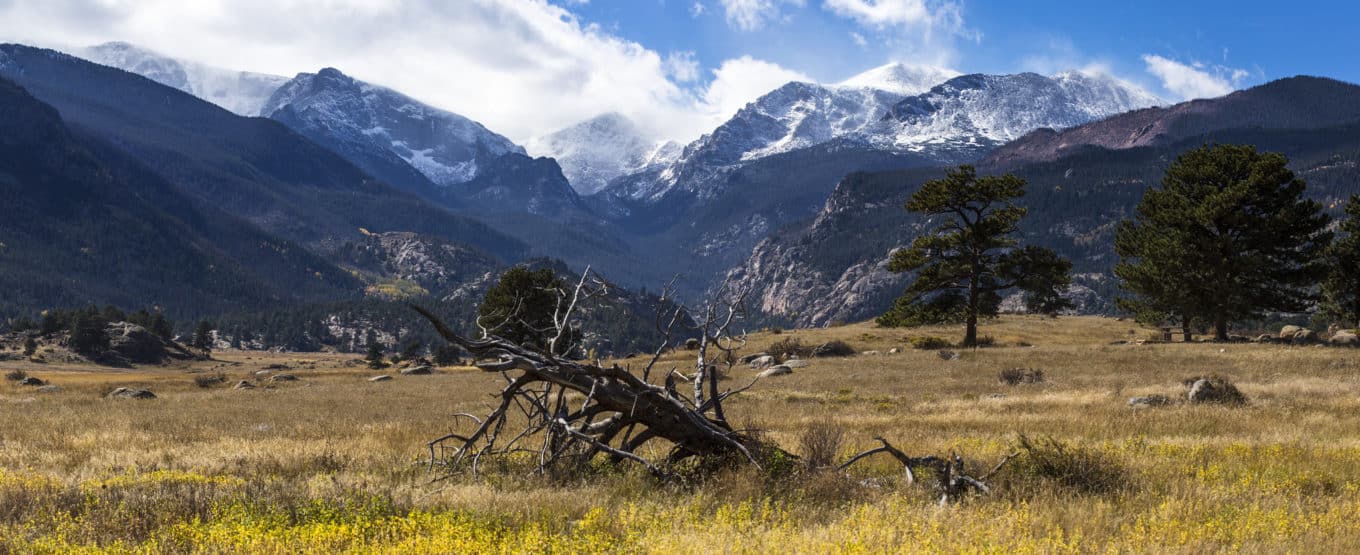
Bear Conservation in Colorado’s Rockies
- Chris Meehan

The Ironic Conservationist
Teddy Bears became a thing after President Theodore Roosevelt famously refused to shoot a black bear tied to a tree. The famous conservationist President and coincidentally—if not ironically—big game hunter considered it unsportsmanlike to kill a tied beast. Here in Colorado we’re honored to have Roosevelt and Arapaho National Forests surrounding Rocky Mountain National Park, which was created by President Herbert Hoover in 1932—after the forests were established by Roosevelt.
One of the most important ways to keep conservation alive and to protect the lives of bears, other critters, and humans, is to properly handle and store your food in the backcountry. While backcountry explorers have used various methods to keep their food and scented items from bears and other critters, a concurrence of evidence shows that the best means of protecting everyone and everything is using a bear-resistant food canister like a BearVault.
Bearing The Responsibility
While we think that we need to protect ourselves from unfortunate bear encounters, it’s actually the other way around. Too often we hear or say a place has a “bear problem” but really the bears have a human problem. Once bears, particularly omnivorous black bears, are habituated to our food and our trash they will never stop coming back to the same place for more. They’re smart animals with an extremely keen sense of smell and good object recognition. That’s why experts recommend that you don’t leave a cooler in eyesight in bear country—even if it’s in your car.
Black bears are most likely to run away when they encounter people, but they can become aggressive around food or if a sow is protecting its cubs. If you do encounter a black bear, the park recommends that you stand tall, and make loud noises to scare the bear off.
If the bear is stationary move away sideways, slowly. It’s non-threatening to the bear and allows you to keep an eye on it. But, if it follows you, stop and stand your ground. Fleeing will make it want to chase you, and they can run up to 30 miles an hour. Likewise, don’t climb a tree. Black bears are adept climbers.
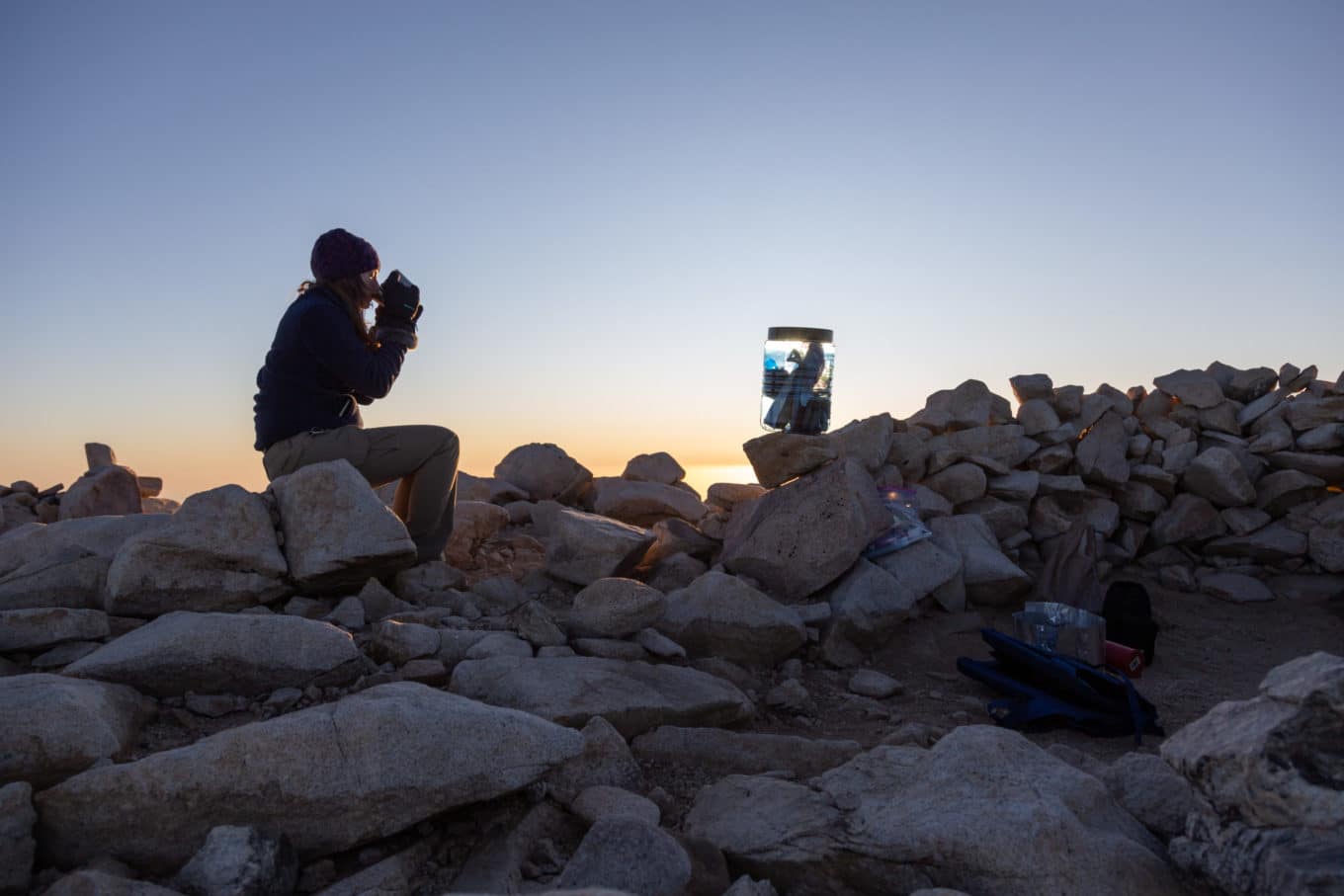
The Habituated Bear
Black bears, which weigh between 200 and 600 pounds, are eating machines, consuming 20,000 calories a day. The Rock (Dwayne Johnson), who eats far more than most humans, consumes about 5,000 calories a day, and he can afford it.
Despite the occasional viral video bears don’t often roam their neighborhood grocery store to pick and choose their favorite treats, but they definitely remember where they found that last Reese’s Cup, and be sure they’ll look for those easy calories at the same spot again and again. When they get too habituated to humans or become aggressive and can’t be rehabilitated they are destroyed. Hence, as many park managers across the country say: “A Fed Bear is a Dead Bear.” That’s an unfortunate and unnecessary end for a magnificent creature and we can help prevent it.
The 415-square mile Rocky Mountain National Park is home to just 20 to 24 black bears, the only type of bear that is currently known to live in the park and throughout Colorado. Unfortunately black bears in the park are more habituated to people than ever. In 2014, for instance, the park said black bears there were eating roughly 15 times more human food than they were 20 years ago. With so few bears in such a large area it’s even more important that we do everything we can to minimize habituating them to human food and commonly traveled areas to protect their population in the area.
“CollaBEARative” Conduct
For all these reasons and more the park requires the use of bear lockers at campsites and BearVaults and canisters for backcountry campers. In addition, the park tells visitors to keep food with them at all times and not to leave backpacks unattended. After all, it would be a bummer to come back from sightseeing atop a bluff or by a lake only to find Yogi Bear tearing apart your pack to get at your snacks, or to find that the clever thief already made off with the goods, leaving you with a tattered husk of expensive nylon and an adventure likely cut short.
For the backcountry adventurers the park has additional requirements: “At backcountry campsites, all food, cooking equipment, garbage and other scented items must be stored in a carry-in/carry-out bear-resistant food storage canister. This is required from April 1 to October 31 at all backcountry sites below tree line.” It adds that storing scented items is prohibited in tents, pop-up campers, sleeping bags and under tarps.
To further minimize bad bear encounters campers should keep their campsite, food and kitchen apart from each other—at least 70 steps away from each other—in a triangle formation.
These are simple steps to take to help prevent wildlife, primarily black bears, from ruining your adventures. As importantly, if not more, you’re helping protect them from us. Help Teddy Roosevelt’s legacy live on by practicing smart bear safety and use a lightweight BearVault in the backcountry of one of America’s most visited and precious national parks.
For more information on responsible backpacking, check out our guide!
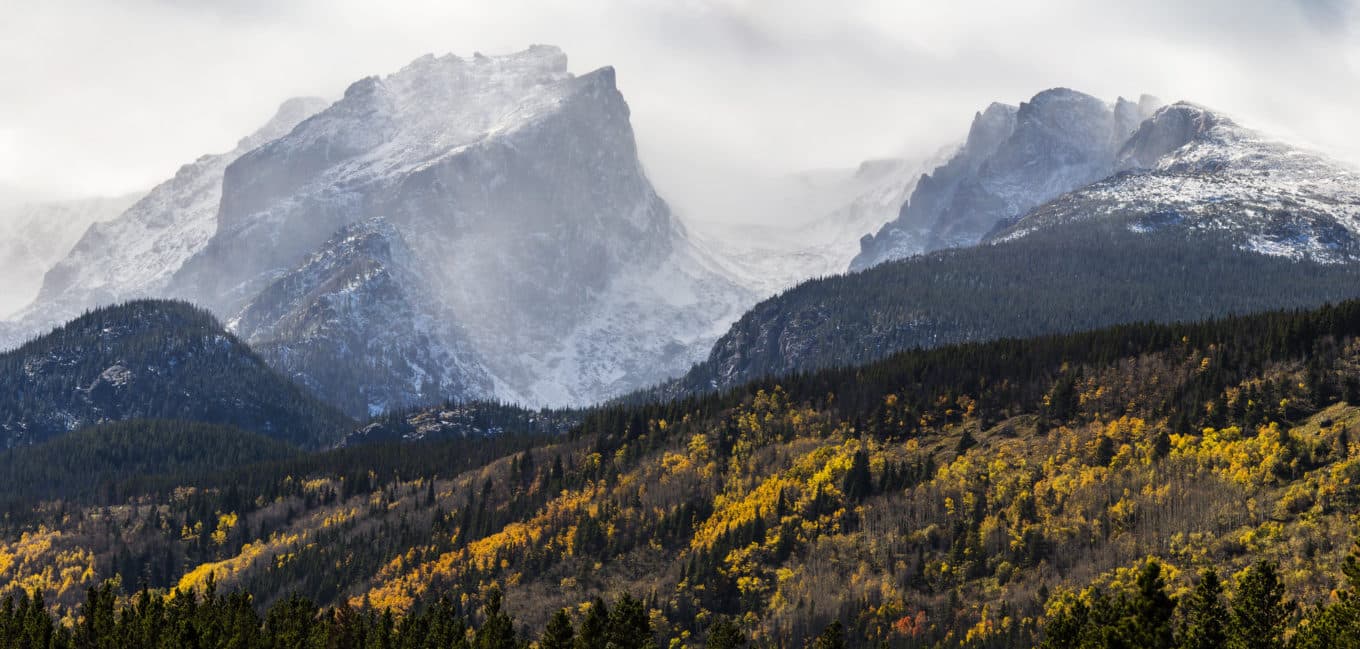
Stormy Hallett and Flattop, Jacob W. Frank, RMNP. License
Rocky Mountain National Park Black Bear Tips and Facts:
- If you’re looking for black bear habitat—or want to know when you’re most likely to encounter them, they like areas between habitat types with interspersed trees.
- Black bears occupy about 40 percent of Rocky Mountain National Park, less than many other national parks.
- In the park females roam about 20 miles and males up to 40 miles, less than in some other places.
- Black bears like to den in rocks facing north and/or east on steep slopes to avoid being found while hibernating.
- Bonus: Roosevelt National Forest was originally named the Colorado National Forest in 1910. Hoover renamed it to honor Roosevelt in 1932.
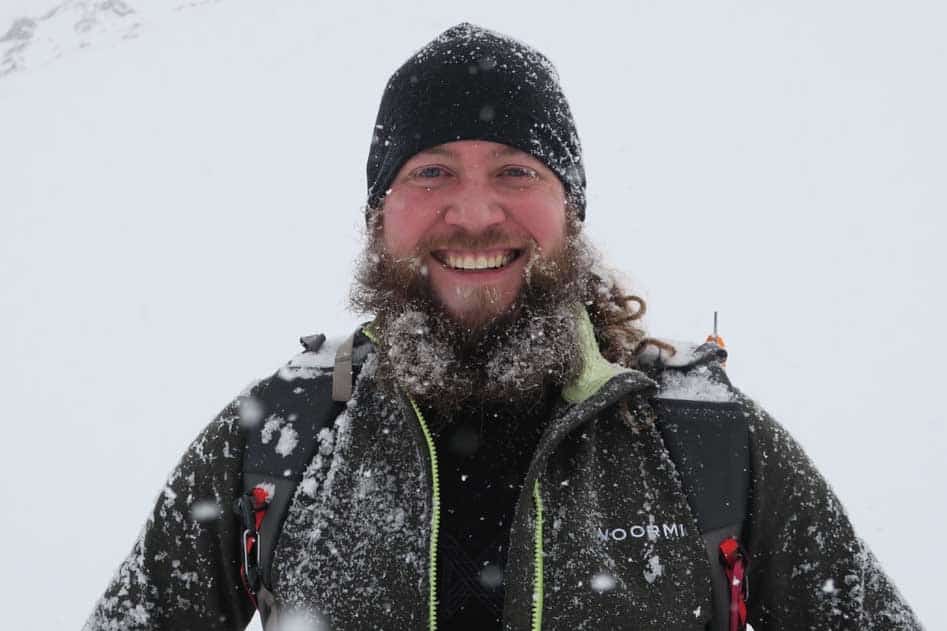
Guest Author:
Chris Meehan
An internationally recognized freelance writer with a focus on Colorado’s 14ers, wilderness, hiking, and backpacking.
Featured Image: Moraine Park, Jacob W. Frank, RMNP. License
